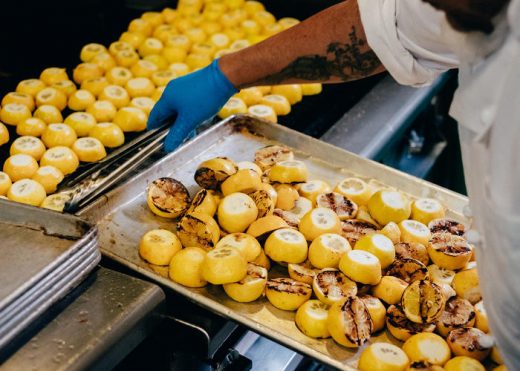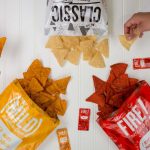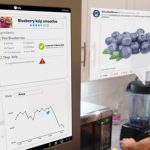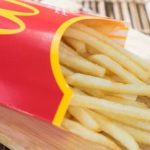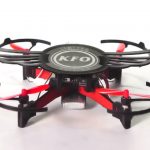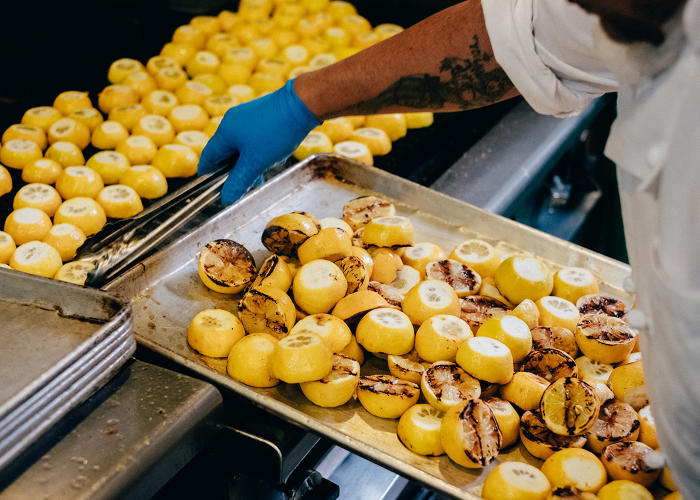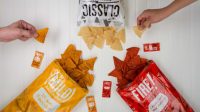Inside Munchery’s Big “Plaid Box” Meal-Delivery Expansion
The city where I live, San Francisco, is the capital city and ancestral home of on-demand startups. Here you use an app to get a ride, a date, groceries, concert tickets, booze, or new underwear (really). You can get your house cleaned, laundry washed, car parked, and on and on. Tech journalist Kara Swisher called San Francisco “assisted living for millennials.”
That’s usually the line that runs through my head when I press “order” in the Munchery app, which I use to demand food at my doorstep in 30 minutes or so.
Like many of its on-demand startup brethren, Munchery has been slowly venturing out from its birthplace to reach new markets and new mouths. Today, the company is taking a big step in that direction by launching its “Plaid Box” meal ingredient kit service in all of California and seven other Western states.
Until now, Munchery has mainly hand-delivered ready-to-microwave meals to people in the San Francisco, L.A., and Seattle areas, as well as New York City and some surrounding burgs. The Plaid Boxes are something different. They’re somewhere between Munchery’s ready-to-heat meals and a Blue Apron-style we-send-you-the-ingredients service. Most importantly, they’re shippable; that is, they’re padded, insulated, and iced on the inside to keep perishables fresh while they travel to far-away kitchens.
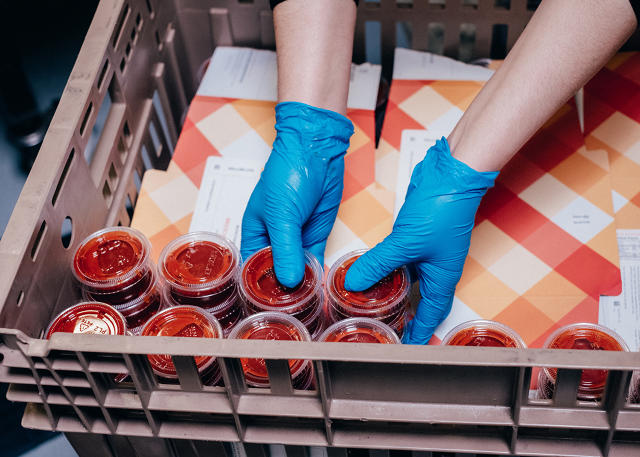
There were three meals inside the Plaid Box Munchery sent me. Each one consisted of a frozen piece of meat or fish (isolated in a lower chamber of the box next to an ice pack), and a clearly marked plastic bag containing a side dish (salads, potatoes, rice, etc.), herbs, and condiment containers. I also found three cards containing explicit instructions on how to cook and assemble the meals.
There’s a certain amount of preparation, but nothing very difficult. For instance, I was asked to flash-fry a Bavette steak and cook up some (pre-steamed) potatoes with butter and garlic cloves, then plate it on top of a salad with vinaigrette. The process took almost exactly 15 minutes.
Munchery cofounder and CEO Tri Tran believes people are in the mood for only so much kitchen work when they get home from a long day, but they still enjoy the process of cooking. Tran, by the way, left war-torn Vietnam on a boat when he was 11, bound for the U.S., and now runs a startup that, at its last funding round, was valued at $300 million.
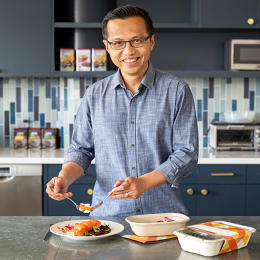
Starting at the end of May, Munchery will ship the Plaid Boxes anywhere in California, and to selected metros in Nevada, Washington, Oregon, Idaho, Utah, Arizona, and Colorado. Customers can choose a $52 small box that contains two meals, or a $70 large box that contains three meals.
The five-year-old venture-backed startup has partnered with the OnTrac shipping service to get the Plaid Boxes from the company’s San Francisco kitchen out to customers within one to two days. Customers within Munchery’s existing on-demand and same-day service areas can also order meal kits, and can expect them to arrive sooner.
Tran says Munchery food was available to about 8 million people as of January. With today’s expansion, Munchery meals will be available to some 59 million people in 10 states.
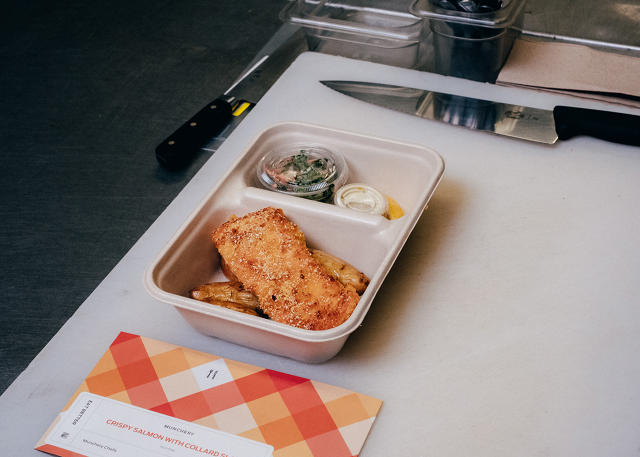
Munchery’s expansion comes at a time when some of its peers are having a tough time in the food business. Both Spoonrocket and Kitchit went out of business this year. Munchery, however, is larger than those companies, and the efficiencies that come with scale might protect it from hard times in the future.
Munchery won’t say exactly how many meals it’s delivering on normal days, other than that it’s “in the tens of thousands” across its main L.A., San Francisco, Seattle, and New York markets. Nor will it say how many employees it has, other than that about 200 work directly on food creation, prep, and delivery. Tran says his company is seeing a 20% to 30% profit in its original Bay Area market. The company is having a tougher time of it in New York, where it faces stiff competition from its well-entrenched rival Seamless.
I asked Tran what types of anxieties might accompany his company’s aggressive expansion into new markets. “We’ll have a lot more volume, so we have to make sure that the quality level stays the same as we grow,” he said.
And that may be Munchery’s biggest business challenge now. There’s no doubt that its meals are well-sourced, artful, and tasty; the challenge is making sure those attributes don’t get lost as the company begins servicing larger numbers of diners located much further away from where the meals are prepared.

Artisanal Eats, Mass Produced
That challenge falls on the shoulders of two chefs (and longtime friends): director of culinary R&D Robert Cubberly and R&D special projects manager Marc Rasic. Both men are seasoned restaurateurs, and they worked together at Google’s food service operation for a few years in the late 2000s. These days, Cubberly oversees Munchery’s overall food creation, quality, and safety operations, while Rasic has been tapped to manage the new Plaid Box offering.
Cubberly told me that the whole idea behind Munchery is marrying artisanal cooking with mass production.
When I toured Munchery’s flagship San Francisco kitchen with Cubberly and Rasic, I took part in the kitchen’s daily “tasting,” in which a “first draft” of every item on the next day’s menu is scrutinized by the chefs. Cubberly, Rasic and some other managers stood around a large table and tasted each item. Cubberly didn’t like the look of the breading on top of one of the entrees, so he told kitchen staff to put fewer racks of the entrees in the oven at one time so that all of them would be equally browned on top. It was a shortcoming I noticed only after Cubberly pointed it out to me, but I could see the improvement in the properly cooked item.
For the record, I liked everything I tasted at the table, from the Short Rib Mac & Cheese to the Brioche BBQ sandwich to the huge oatmeal raisin cookie.
After the chefs have signed off on the meals, the “mass production” Cubberly spoke of begins. The around 50 people working in the kitchen will make hundreds, even thousands, of each entree, side, and dessert. After 200 such copies have been made, Cubberly and Rasic will perform another tasting exercise to make sure the goodness of the first drafts is still there.
Cubberly explained that when preparing large batches of the same dish, it’s not as simple as scaling up all the ingredient amounts mathematically. “It just doesn’t work that way,” he said. “You’re using different equipment; and you have different rates of evaporation.” So the amounts of things like fats, salts, and liquids may need to be tweaked, or batch sizes need to be adjusted, Cubberly says.
Fortunately, the Munchery chefs already have lots of experience with producing meals in high numbers, and all the adjustments that must be made as the meal volume increases are collected in a homegrown software program. So any Munchery kitchen in the country can call up the instructions and start working, without having to learn those lessons on their own.
The chefs do yet another taste test after 600 entrees have been produced—again, to make sure the original magic of the recipe isn’t being lost in translation.
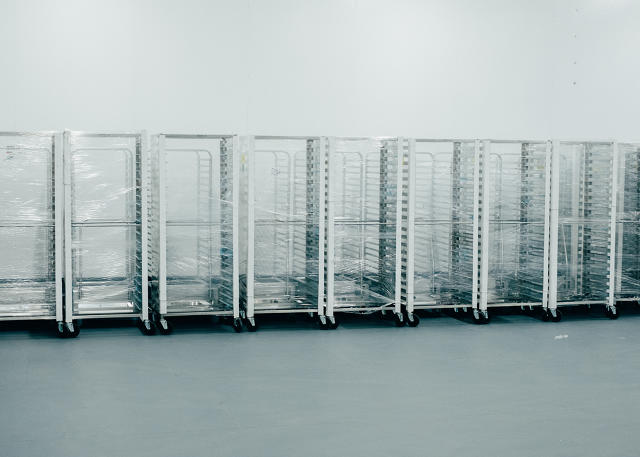
Massive New Kitchen
Munchery’s current San Francisco kitchen is conveniently located just down the street from the company’s headquarters, but I could tell during my visit that the food operation was quickly outgrowing the space.
So the company’s flagship kitchen is moving. Cubberly gave me a tour of the new facility, a gigantic space 20 minutes away in an industrial zone in South San Francisco. The existing San Fransisco kitchen is 6,200 square feet, while the new place—the former tenant of which was FedEx—is huge, at 70,000 square feet. Right now Munchery is using only 35,000 square feet of it, but Cubberly said that they will soon use the the extra space.
Everything I saw inside was big. High-tech cauldrons that make a hundred gallons of soup at a time. Flash freezers big enough to walk inside bring food from hot to freezing in 45 minutes. One giant room will be kept at a constant 40 degrees while employees package the food and put it into the Plaid Boxes. Looking at the new kitchen, you quickly get the idea of the scale of the current expansion into seven new states, and also of the scale of Munchery’s ambitions.
Munchery will begin operations at the new mega-kitchen in late May, while keeping the R&D work at the San Francisco kitchen, for now.

Tailoring Tastes
Another of Tran’s concerns about the expansion to seven new states is the need for “taste matching,” which means simply making sure that the items on the menu are in tune with the culinary tastes and sensitivities of a given market.
“People here in San Francisco have a little bit more eclectic tastes, while out in Idaho, a condiment like truffle butter could be divisive,” Cubberly said. By this he meant that in a more conservative place, truffle butter might seem exotic or strange. The truffle butter is, by the way, the final touch to the truffle steak—one of the meals I cooked from my Plaid Box.
Rasic said the answer might be to replace the truffle butter with a garlic butter sauce. It would have the desired effect in the meal, the thinking goes, and wouldn’t put anybody off.
Munchery isn’t cheap. And the existing on-demand (plaid bag) and the new meal kit (Plaid Box) services still seem targeted at two-person households—at people with busy schedules and disposable incomes. Munchery is worth it because it makes it surprisingly easy to have food delivered to your door, and the food is almost always interesting and tasty.
If a customer in Boise, Idaho, can consistently have that same experience, Munchery’s big Western expansion could be a big success. And the company’s clear goal of one day extending throughout the United States will start to look very feasible.
Grilling the lemons at Munchery’s flagship kitchen in San Francisco.

Munchery director of culinary R&D Robert Cubberly and R&D special projects manager Marc Rasic.

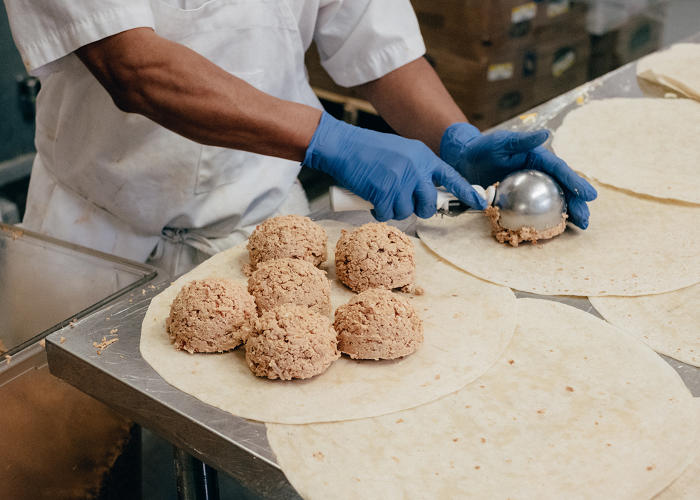

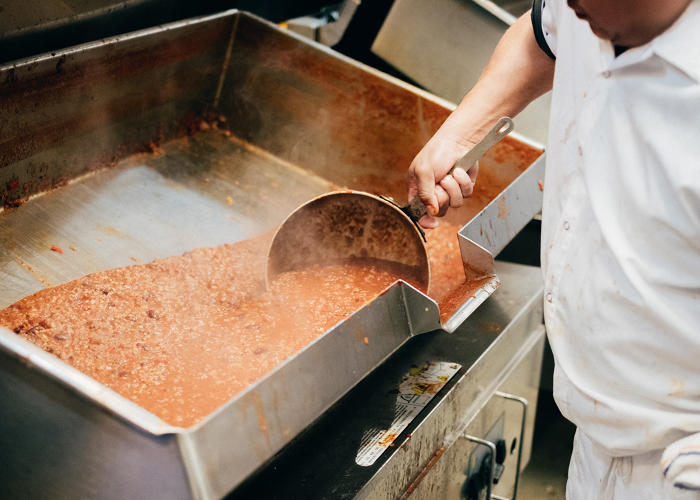


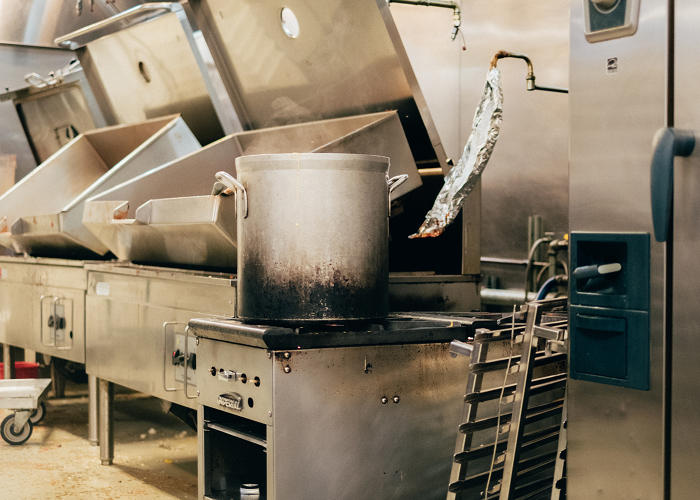

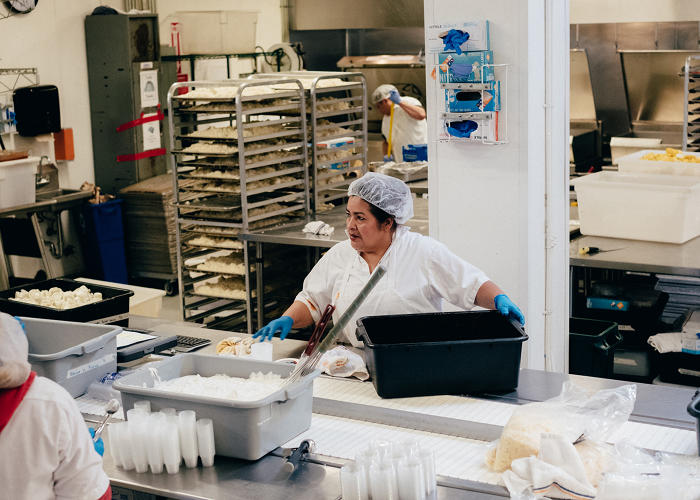
Veteran Munchery employee Steven Levine, now a member of the company’s R&D team.

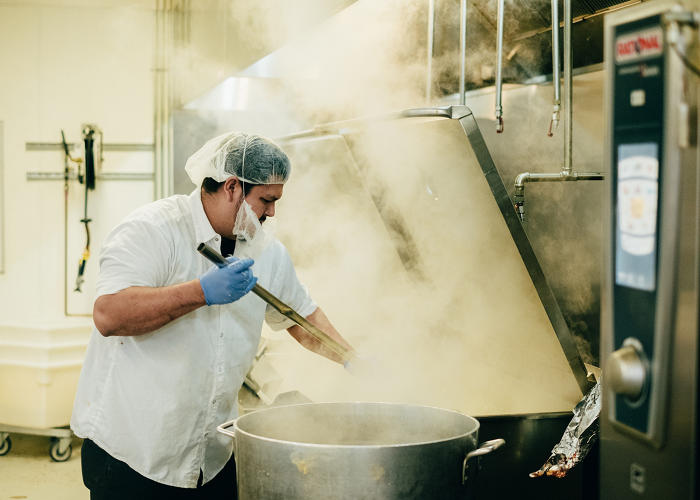
Munchery’s impressive brioche BBQ sandwich.

Two very large ovens at the new Munchery kitchen in South San Francisco.

Plaid Box packaging equipment at the new Munchery kitchen.

Fast Company , Read Full Story
(129)

